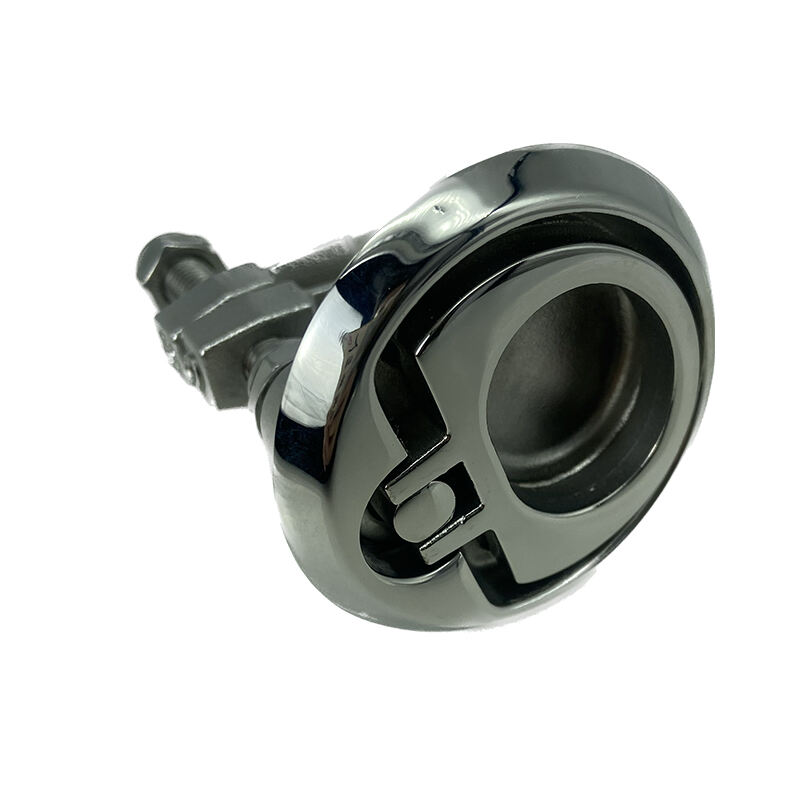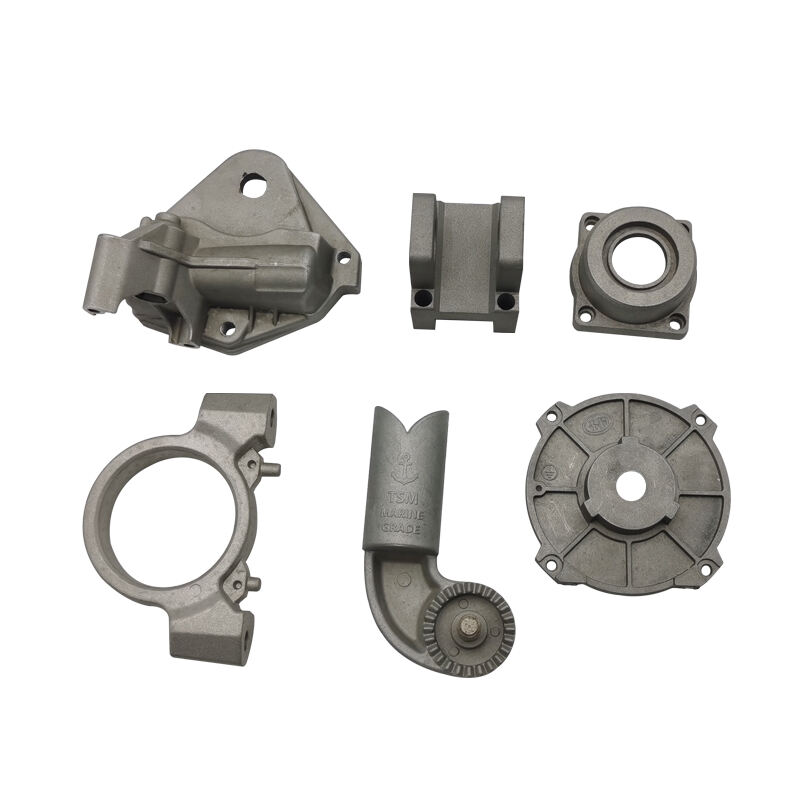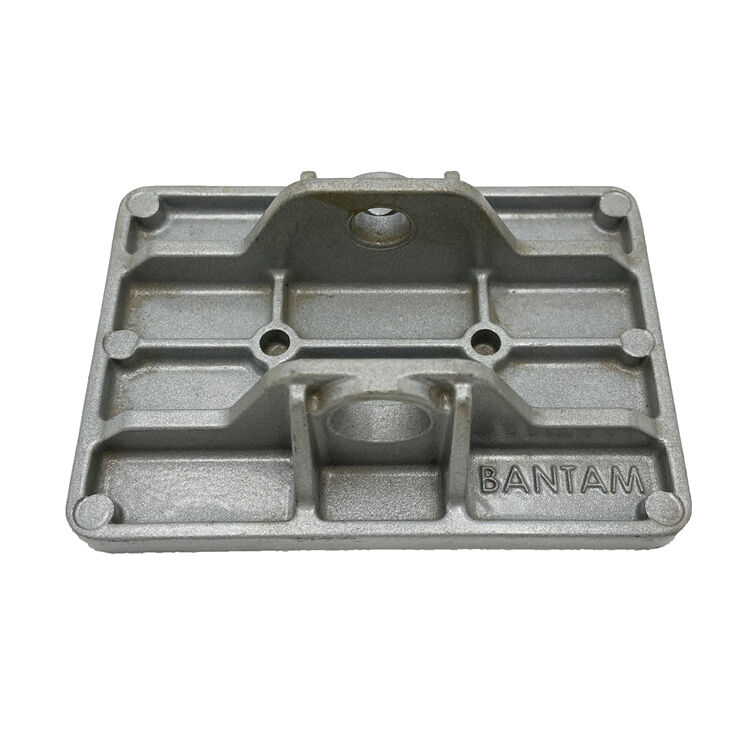investment casting services
Investment casting services represent a sophisticated manufacturing process that delivers exceptional precision and versatility in metal component production. This time-tested method, also known as lost-wax casting, begins with creating a wax pattern of the desired component, which is then coated with ceramic material to form a shell. Once the wax is melted away, molten metal is poured into the cavity, resulting in highly accurate parts with superior surface finishes. The process excels in producing complex geometries, thin walls, and intricate details that would be challenging or impossible to achieve through other manufacturing methods. Modern investment casting services incorporate advanced technologies such as 3D printing for pattern making, computer-aided design for mold optimization, and automated quality control systems. This process serves diverse industries including aerospace, automotive, medical devices, and industrial equipment manufacturing. The ability to work with a wide range of metals and alloys, from stainless steel to superalloys, makes investment casting particularly valuable for components requiring specific material properties and performance characteristics. The process ensures dimensional accuracy within tight tolerances and produces parts that often require minimal secondary machining.


